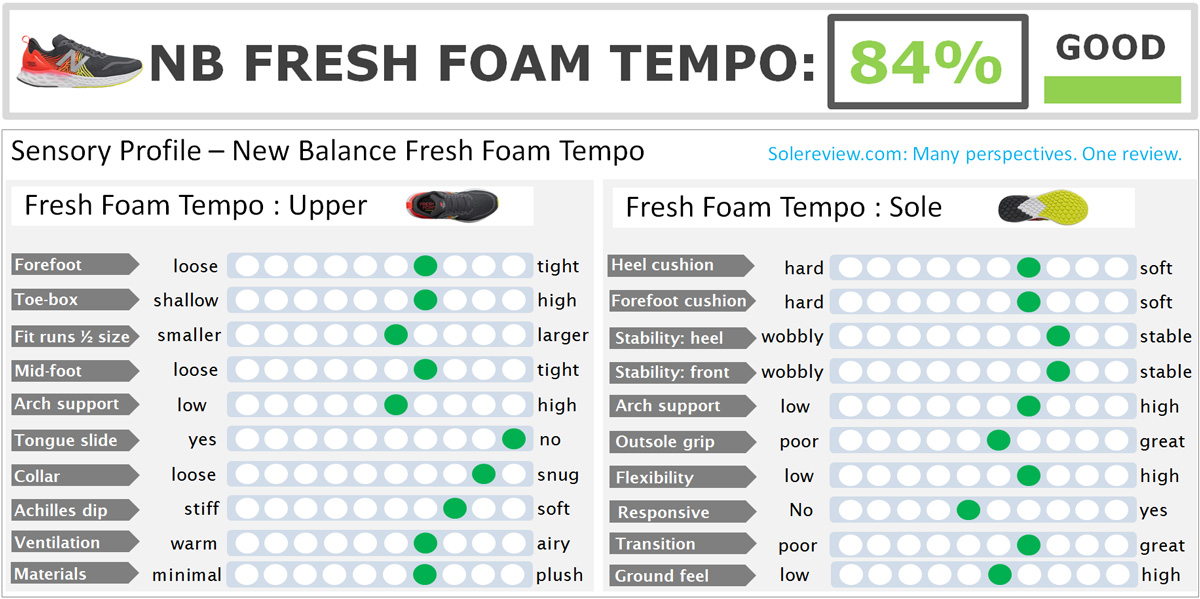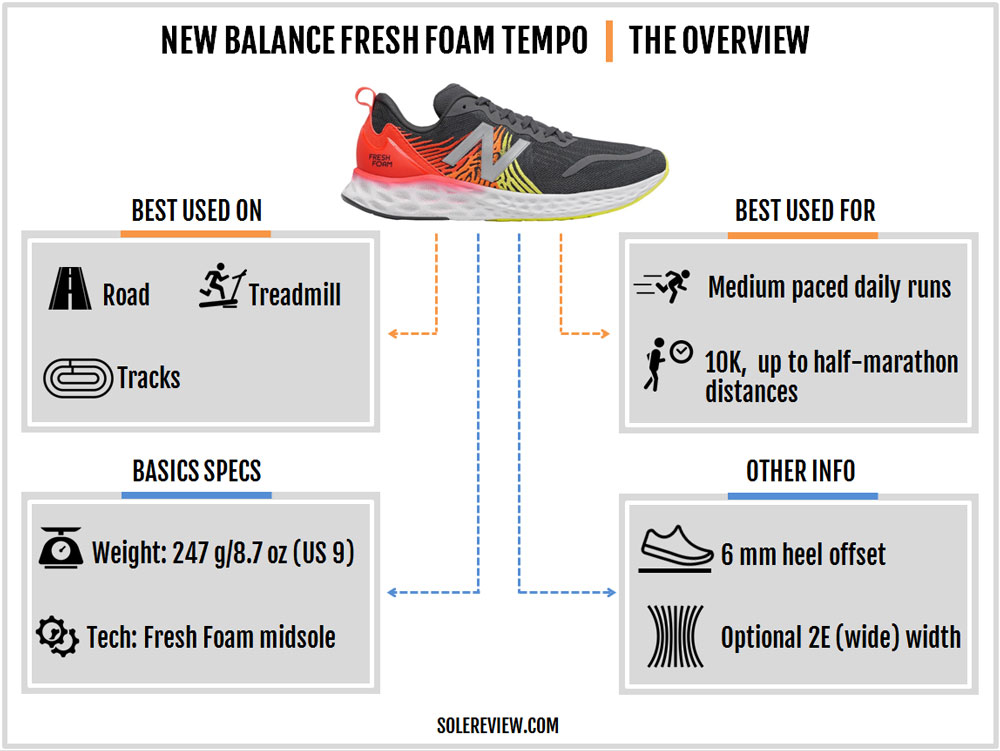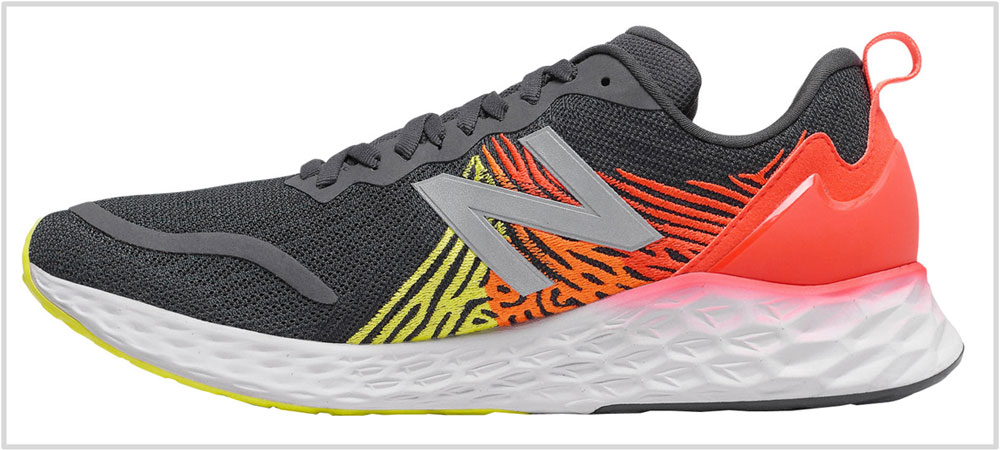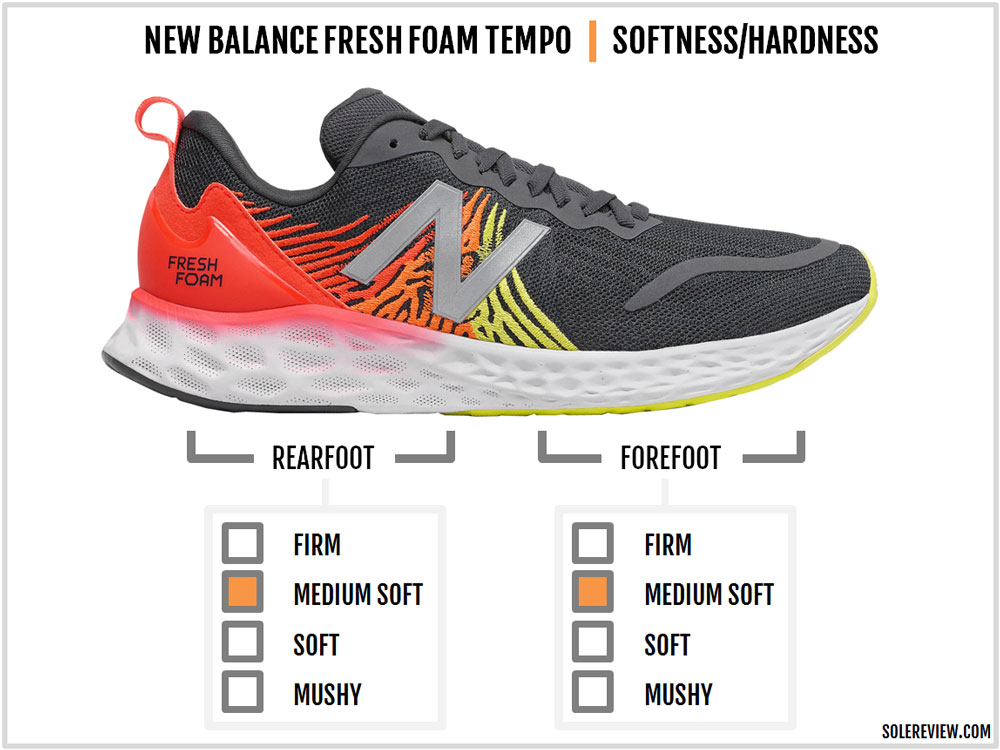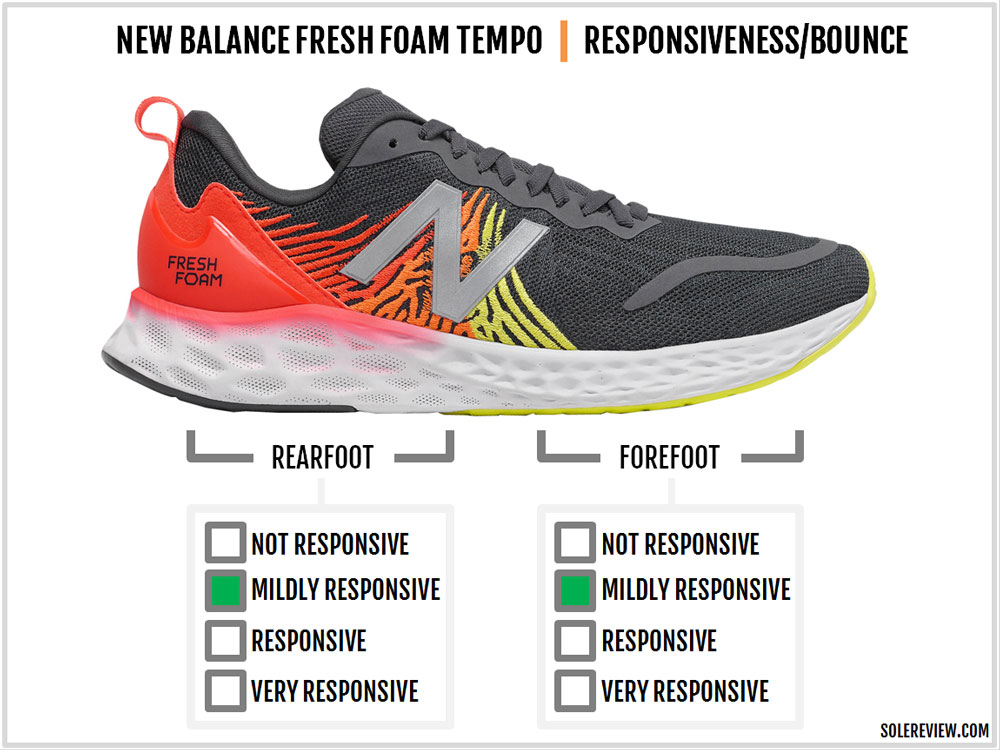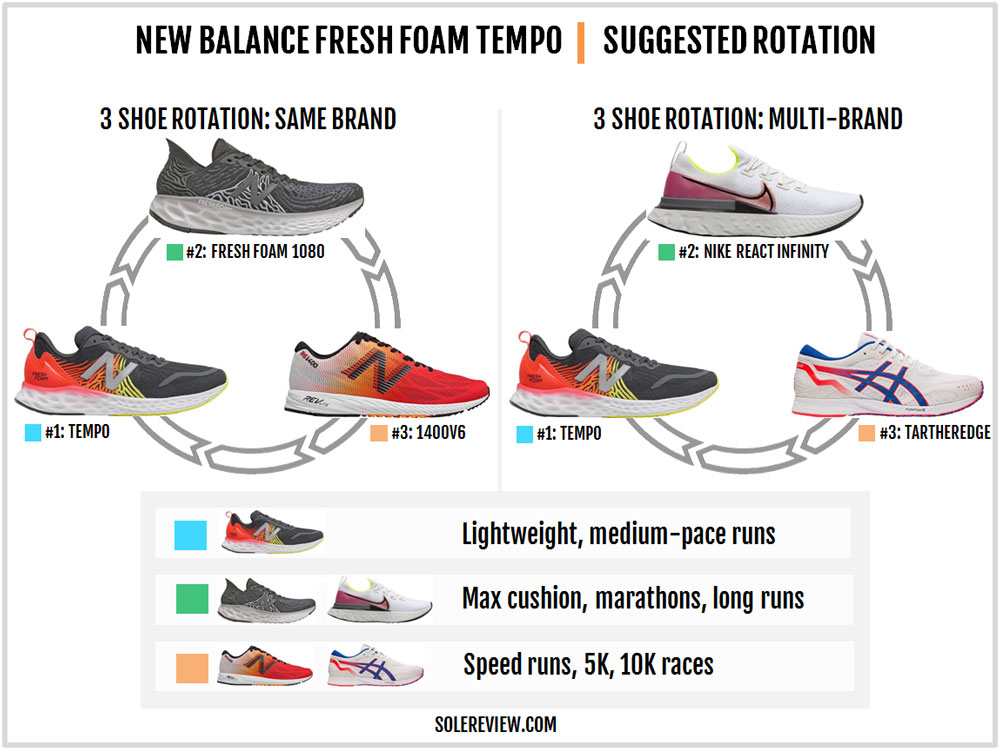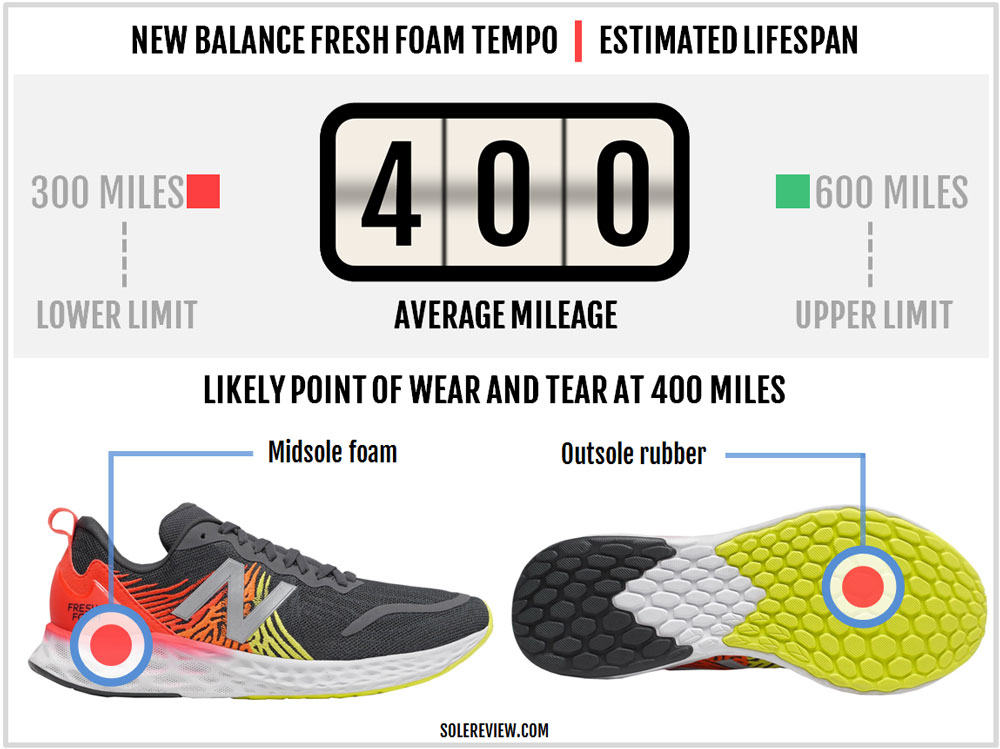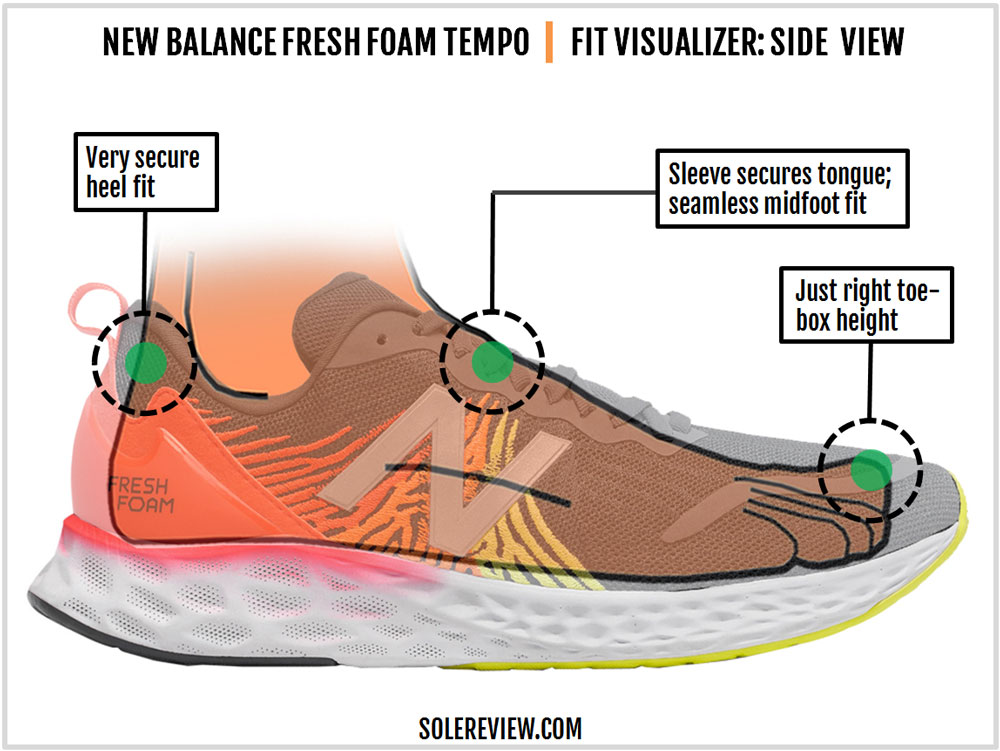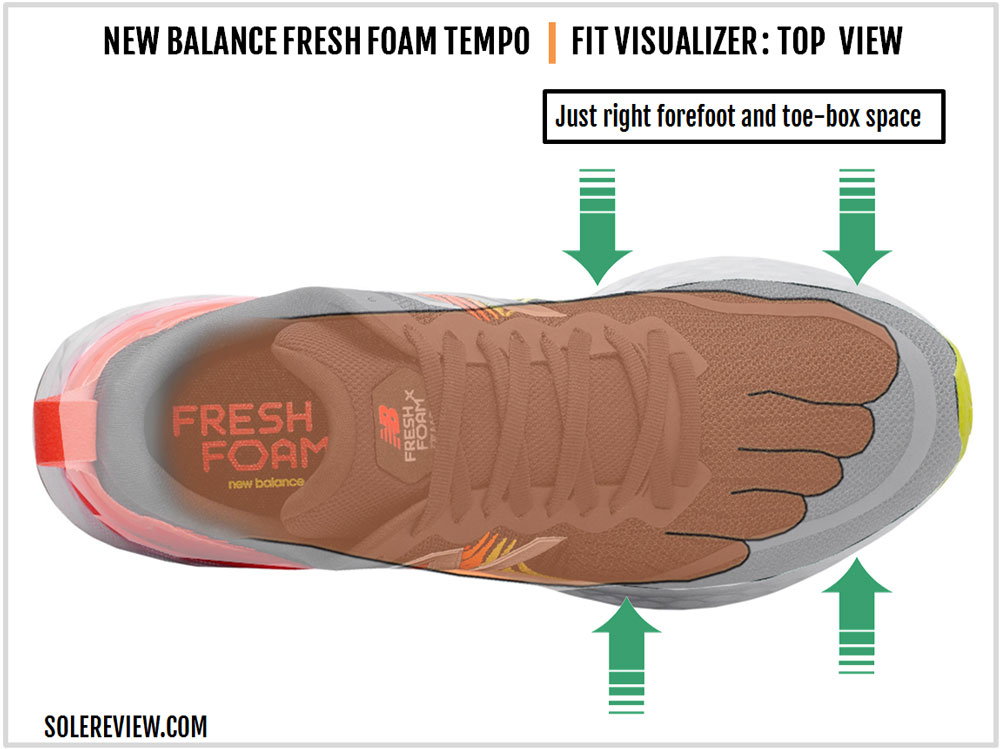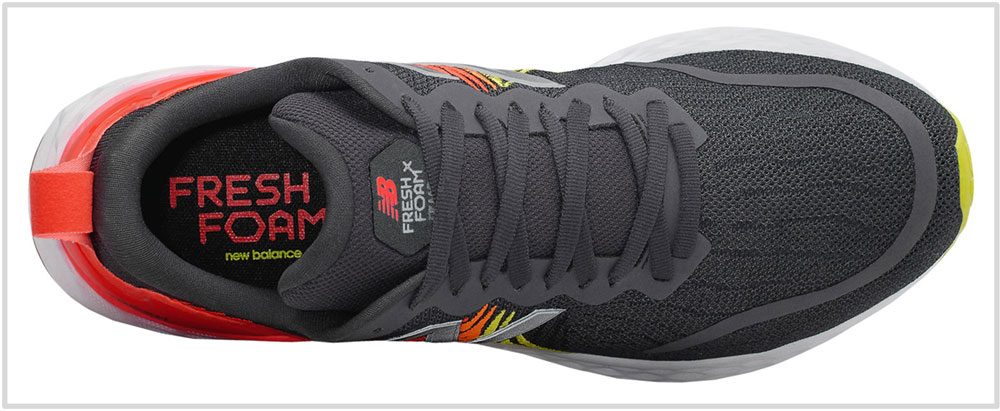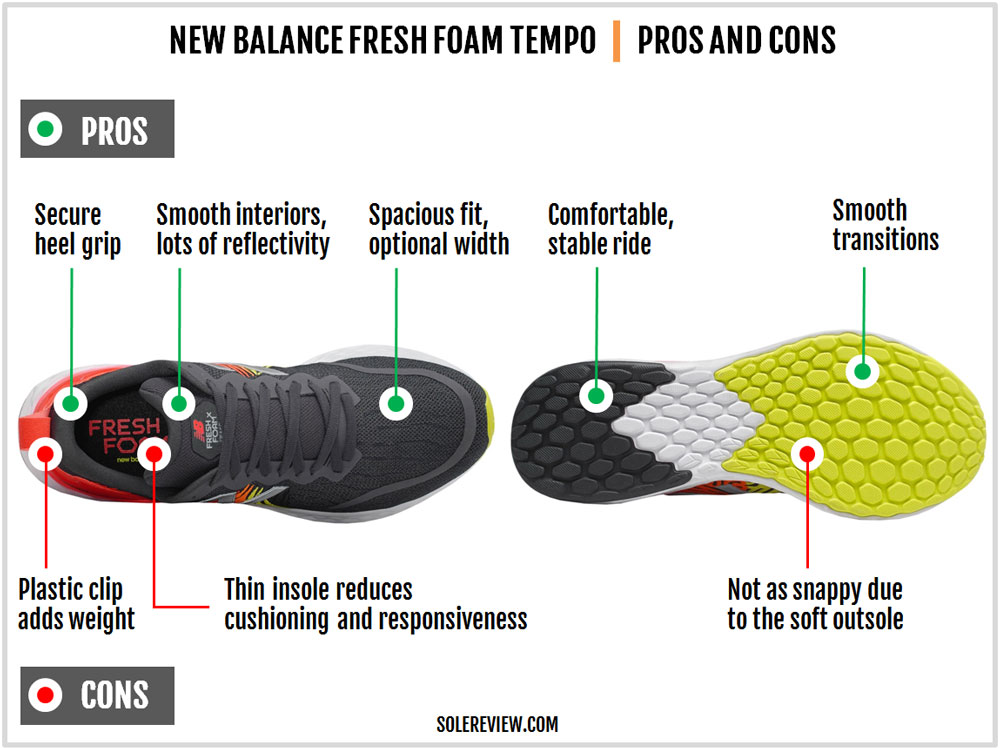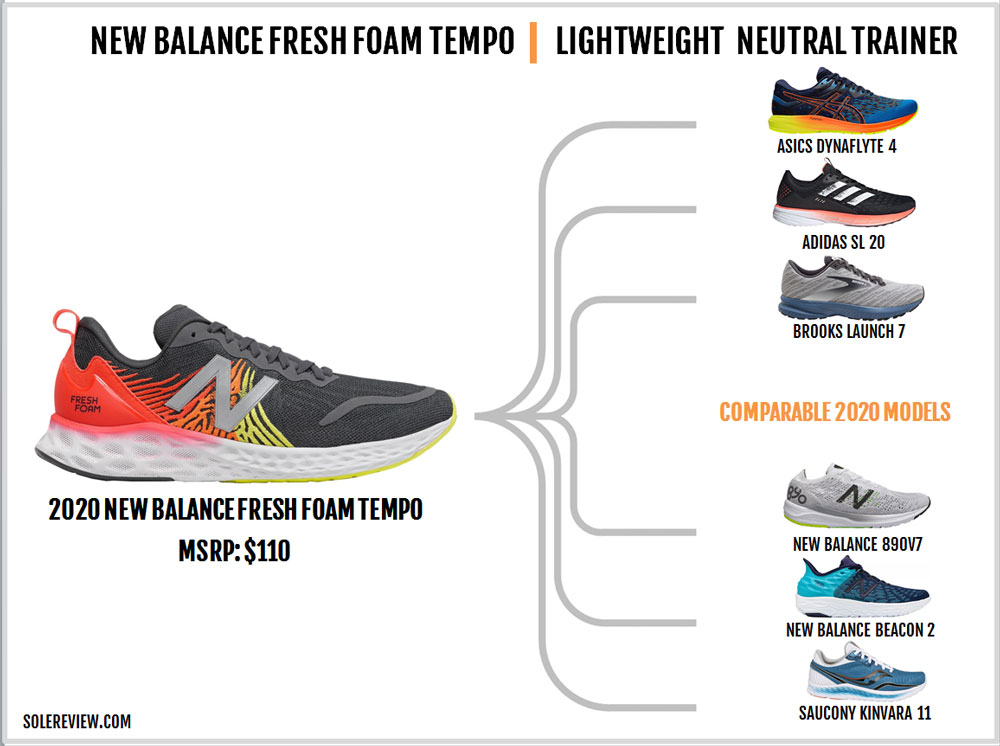INTRODUCTION
Funny little things, these running shoes.
Back in 2014, the Fresh Foam 980 was the first shoe to feature the eponymous midsole technology. Back then, we didn’t think much of the midsole – it was a firm piece of foam that felt dead without its cushy insole.
Any positive reviews of the 980 elsewhere were likely influenced by the thick Ortholite sockliner that added a much-needed layer of responsive cushioning. In other words, the insole was the Fresh Foam.
Fast forward six years, and the Fresh Foam Tempo does something similar – except that it’s the other around.
The fact that the 2020 Fresh Foam Tempo is a Zante replacement is yesterday’s news. However, here’s an important question:
If the Tempo’s Fresh Foam midsole is as soft, if not softer than the Zante OG, then why does the ride feel flat and somewhat firm?
It’s certainly not the outsole. Unlike the Zante, not only is the forefoot outsole made of soft blown rubber, but it is also split into two for enhanced flexion. That is designed to make contact with the ground softer – and it does.
Things become clear when you look inside the upper. The insole is much thinner than the Zante, and the lasting isn’t made of foam; it is a sheet of textile. This new configuration reduces the level of top-layer cushioning – and this happens to an important part of the overall cushioning experience.
As a result, the Tempo feels a bit ‘flat’ to run in. However, once you look past that, there are plenty of things to like about the Fresh Foam Tempo.
The 6 mm drop shoe has a very smooth ride that balances cushioning comfort with transition efficiency. The split outsole makes the landings padded without sacrificing grip. The upper has a fully-sleeved construction that seamlessly cocoons the foot. Reflectivity is abundant if you’re planning to run during early or late hours.
If New Balance’s objective was to successfully reformulate the Zante, the Tempo hits the mark – to a certain extent. This is an excellent running shoe that is versatile enough for training at medium speeds (7 min/mile; 5 min/km) while being comfortable enough till 20 k distances.
The Tempo isn’t a ‘fast’ shoe though – even less so than the Zante OG. We’ll dive into the nuts and bolts in the following breakout.
THE RIDE EXPERIENCE
Let’s get this out of the way – the Tempo is not a direct replacement for the Zante Pursuit, in the same way the Pursuit did not replace the Zante V4.
Whereas the Pursuit was a Diet-Coke version of the relatively more cushioned Zante, the Fresh Foam Tempo is a fresh take on the Zante OG. You know, the Zante V1 – V4.
The Tempo recreates the Zante concept by re-introducing many features that made the Zante popular. The midsole is no longer the thin sliver seen on the Pursuit. Instead, the midsole reverts to a comfortable stack height that provides adequate underfoot cushioning.
And if you haven’t the faintest clue of what the original Zante felt like to run in, here’s another analogy. The Tempo’s cushioning and height profile is somewhere between the thinner Zante Pursuit and the chunkier Fresh Foam Beacon 2.
If you found the Pursuit to be (too) thinly padded for your needs, the Tempo offers respite. On the other hand, if you loved the Beacon and wished for a lower-profile shoe, then the Tempo fills that need.
Even so, there’s isn’t a lot of midsole. At best, 10K runs are the Tempo’s wheelhouse. Though 10 milers to half-marathon distances are also doable, a lot depends on your running shoe conditioning. If you’re already used to running 10K and over in racing flats, then the Tempo will feel pillowy in comparison.
For most runners, the more cushioned Beacon 2 is more appropriate for longer runs. And it’s not like you get a speed advantage with the Tempo either. This isn’t a shoe meant for track intervals or runs/races at paces that are quicker than 7 min/mile or under 5 min/km.
Having a split outsole design is both good and bad, depending on which side of the coin you’re looking at. The Tempo has a softer blown rubber forefoot and a harder rubber in the rear. The said sections of the outsole are separated by exposed foam under the midfoot.
Combined with the soft midsole, this novel geometry makes the outsole softer and more pliable. Landings and transitions feel smoother, softer, and are more comfortable. The Tempo’s midsole isn’t harsh, and doesn’t punish the feet like racing flats with slimmer midsoles do.
But if you’re looking to extract speed-friendly performance from the Tempo, you’ll find the soft forefoot to be a barrier. A firmer outsole and midfoot helps produce quick transitions, something that the Tempo doesn’t have.
Here’s another comparison. Does anybody remember the Vazee Pace from New Balance, a Zante-ish shoe with a very firm ride and a grippy outsole? Those kinds of low-profile trainers work better for faster runs than the Zante.
The Tempo’s outsole traction is great over the roads and treadmill. However, the soft, flat lugs aren’t the ideal for lightning-quick transitions and push-offs. That is why most speed shoes have a colony of small lugs for a superior bite – be it the Hanzo’s DSP or the 1400’s micro-lugs.
Whereas the earlier Zante’s – the Pursuit included – had firmer outsole in a one-piece form, the Tempo’s two-piece outsole transitions from a firm heel to a soft front. Consequently, the transitions are smoother yet slower on the soft and flexible outsole – when compared to full-length geometries, that is. Cause and effect, as people say.
We mentioned in the preface that many tend to severely underestimate the importance of the insoles. New Balance has been shaving the thickness of its insoles since last year, and the Tempo is no different.
A wafer-thin removable insole sits on top of a fabric lasting. This leads to the ‘flat’ or firm feel of the Tempo – and it’s not the midsole’s doing at all. The Fresh Foam midsole is as soft as the Zante OG, and even the outsole is softer.
But considering that Fresh Foam is merely an EVA variant and not a high-tech Pebax/E-TPU or Carbon plate-bonded, the loss of top-layer cushioning (due to the insole) robs a bit of life from the ride. Just like the original Fresh Foam 980, the insole can make or break a running shoe’s character.
Of course, you can pop in the insole from the older Zantes – if you have one. That will add some responsiveness to the Tempo’s ride.
Stability is decent on the Tempo, and that’s not surprising considering the low-profile midsole. The thin insole and the textile lasting also help the foot sit closer to the midsole.
The overall ride quality is very neutral. The outer sidewalls have small laser-cut holes but those do not create a bias; both sides of the midsole feel balanced.
Pairing the Tempo with a couple of other New Balance shoes is easy. For a much higher level of cushioning, the Fresh Foam 1080V10 is the deeply-cushioned answer.
With a soft and thick Fresh Foam midsole, the 1080V10 is perfect for long-distance runs at relaxed paces. The Fresh Foam formula has been tweaked to add more life and responsiveness into the midsole, and we see this shoe as the best version yet. The Nike React Infinity Run and Saucony Triumph 17 are other options that offer deep, distance-friendly cushioning.
If you just want a soft and comfortable daily trainer without lots of cushioning depth, get the FuelCell Propel instead. Or the Reebok Forever Floatride Energy 2.
For race-day running or solitary speed runs, the New Balance 1400V6 is our pick. If you can lay on your hands on the NB Hanzo, nothing like it. The adidas Takumi-sen 6 and the Asics Tartheredge also happen to be superb speed-racers.
The 1400 v6 also has a thicker insole with a foam lasting – something that the Tempo lacks.
IS THE FRESH FOAM TEMPO DURABLE?
The Tempo’s outsole is made partially of softer blown rubber, and the geometry is relatively flat. Its softness also allows it to flex better with the midsole, and spreads the wear and tear gradually instead of taking hard knocks.
Some scuffing will occur on the exposed part of the midsole but that’s not something that affects the ride quality. The Fresh Foam midsole isn’t Pebax or e-TPU, so a gradual loss of cushioning should be expected.
The outer upper mesh is super thin but it’s reinforced by a full inner sleeve; this dual-layer design helps longevity.
All in all, expect around 400 miles out of the Fresh Foam Tempo.
THE UPPER DESIGN AND FIT
Except for the newly introduced plastic heel clip, the Tempo’s upper fits and feels very Zante-ish. There are borrowed visual cues such as the synthetic strip over the toe-box.
The upper is dual-layered with a full-length sleeve. The outer shell is constructed using a thin, breathable mesh that is supported by fused layers and midfoot embroidery. Embroidery isn’t a common sight on running shoes nowadays. Ten years ago, embroidery was used liberally on running shoes – mostly around logos and patches.
So it’s great to see the embroidered details that add both structural support and decorative value.
The sizing fits true with adequate space for the foot to splay. Though a ‘wide’ sizing is optional, most runners will find the fit just right.
Some narrow-footed runners might even find the Tempo’s toe-box spacious. The forefoot lock-down is relatively more relaxed than, say, the 1400. In addition to the easygoing ride, the accommodating upper is another reason why the Tempo doesn’t feel as fast-friendly as the 1400V6.
The sleeve and seam-free construction make the insides very smooth. You can wear the Tempo without socks, no problem at all. There’s no tongue slide either. Even with a sleeve, the Tempo’s upper has sufficient ventilation.
The heel lock-down is great. The plastic clip wraps around the rear to create a secure fit, and the Achilles area has a bit of an inward-curve. The semi-stretch laces (similar to the Zante OG) do a good job, and an optional heel-lock eyelet is provided as a back-up.
The heel and tongue lining have a soft-touch with just the right amount of foam padding; not overly plump or paper-thin.
In other news, the Tempo is one of the first new shoes from New Balance not to have the outwards-flaring heel design. Truth be told, solereview isn’t a fan of that design. We held a similar view on Saucony’s ISOFIT system, and look where that is now. Sometimes, it’s best to stick to best practices. Not everything new is necessarily better.
The use of the UltraBoost-ish plastic clip on the Tempo is debate-worthy. On one hand, it has a positive effect on the heel fit. On the flip side, it adds weight. Not that the Tempo is a heavy shoe; even with its sub-9-ounce silhouette, a smaller (internal) counter would have shaved precious milligrams.
Very few running shoes in the lightweight trainer category have any reflectivity to speak of. Thankfully, the Fresh Foam Tempo isn’t a part of that generalization. Lots of high-visibility elements are deployed on the upper – similar to the 2014 Fresh Foam Zante.
PROS AND CONS
The Fresh Tempo has turned out to be a truthful re-purposing of the Fresh Foam Zante. The soft midsole delivers ride comfort for most distances while being low-profile enough for medium-pace runs.
Underneath, the split configuration of a softer forefoot rubber and a firmer heel creates a smoother ride when compared to full-coverage outsoles. Traction is decent, if not phenomenal.
Except for the unnecessary, weight-adding plastic heel clip, the Tempo’s upper checks most boxes of the right kind.
The completely sleeved upper creates a seamless interior environment while locking the foot effectively. The clever use of midfoot embroidery and fused panels add structure without creating pressure points.
There’s plenty of reflectivity for low-light running as well.
SHOES SIMILAR TO THE NEW BALANCE FRESH FOAM TEMPO
Lightweight trainers with an easy ride are plenty available – with a few caveats, of course. The 4 mm drop Saucony Kinvara 11 feels more cushioned and roomier, but it’s an option worth exploring. Even New Balance’s Beacon 2 competes with the Tempo, albeit in a more cushioned form.
In the past ,the New Balance 890 was often overlooked as a Zante alternative. But the 890V7 is nothing like the V6, and it’s firmer 6 mm drop works better for swifter runs than the Fresh Foam Tempo. The 4 mm drop Brooks Pureflow 7 is also worth a look.
If you want something firmer, then the Asics Dynaflyte 4 is a competent trainer. Among others, the adidas SL 20 is a firm, low-profile trainer with a higher heel drop (8-10 mm). Then you have the Brooks Launch 7; while it doesn’t compete with the Tempo from a silhouette point-of-view, but’s firm ride makes it suitable for slightly faster training runs.
Other shoes are more serious – in the sense that they are lighter, snugger fitting, and have the ’snap’ that is missing on the Tempo. The lightweight Reebok Floatride Run Fast, adidas Boston 9, Brooks Hyperion Tempo, and the Skechers Razor 3 are all excellent choices. But just know that these shoes are from a higher price class than the $110 Tempo.
The New Balance FuelCell Rebel is also a great performance trainer for faster workouts.
Do you own this shoe? Improve this review by sharing your insights – submit a review here.

